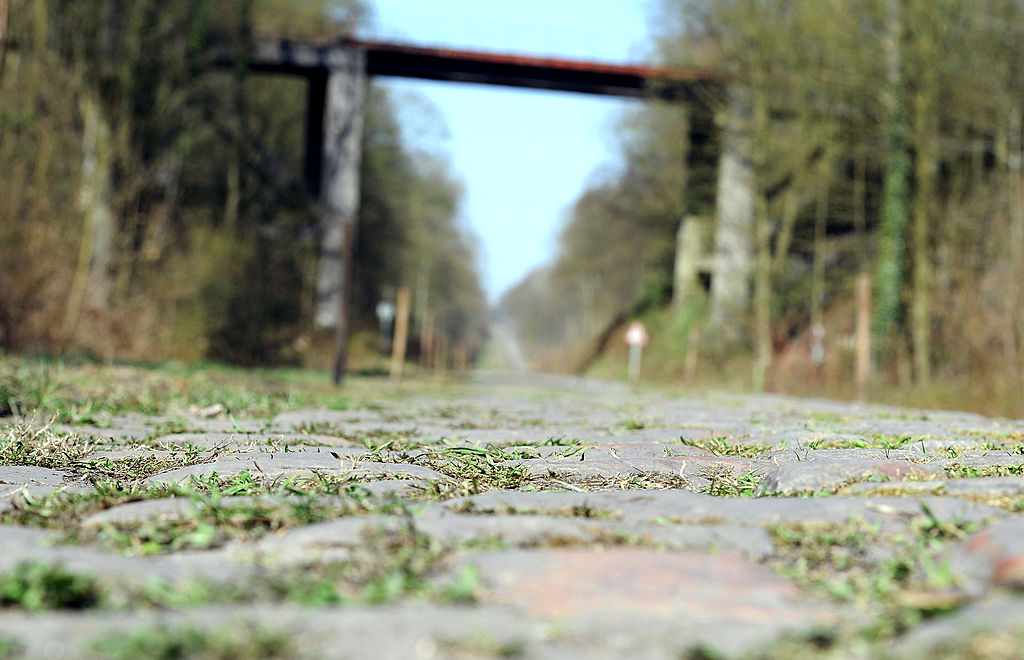Organisers ASO have increased the total race distance for the third edition of Paris-Roubaix Femmes but have not added the mythical five-star Trouée d’Arenberg, saying that it is still “too dangerous” to include it in the women’s parcours due to its proximity to the start in Denain.
However, ASO has also said that with careful route changes and additional pavè sectors added earlier in the race, the women’s event could cross the Trouée d’Arenberg in future editions.
“The problem is that the women start in Denain. The distance between the start and a potential passage through the forest is too small. If you come here with a full peloton, it is too dangerous,” said Franck Perque of organizer ASO.
“If we do want to pass here in the future, you first have to insert a few other cobblestone sections in order to separate the course in advance.”
The men’s edition of the Paris-Roubaix, this year, includes three five-star cobbled sectors – Trouée d’Arenberg, Mons-en-Pévèle and the Carrefour de l’Arbre – with the rating determined by taking length, unevenness of the cobbles and overall condition into account.
Paris-Roubaix Femmes route once again begins in Denain, but the total distance has increased from 124.7km to 145.4km, with the start of the race extended ahead of the first pavé sector – Hornaing to Wandignies.
Although the route does not include the Trouée d’Arenberg, it does offer 29.2km of pavé spread across 17 cobblestone sectors, including five-star sectors Mons-en-Pévèle and the Carrefour de l’Arbre.
The absence of the Trouée d’Arenberg from the women’s race has been the subject of controversy, particularly in the first edition held in October 2021. Some of the riders who competed in the first two editions of Paris-Roubaix Femmes said they would like to see organisers include the iconic sector while others noted that the route was challenging enough at that time, especially as it was newly introduced to the women’s calendar.
ASO has indicated that possible changes to the route in the future, such as adding more sectors at the beginning of the race, would allow them to safely include the Trouée d’Arenberg in the women’s course.
“It is the most difficult strip you can have. If you put it at the very beginning of the race, you run the risk that things will be completely destroyed early on. The tension will then be gone too quickly,” said course director Thierry Gouvenou to Sporza (opens in new tab).
“But I do not rule out that we will pass…
Click Here to Read the Full Original Article at CyclingNews RSS Feed…

